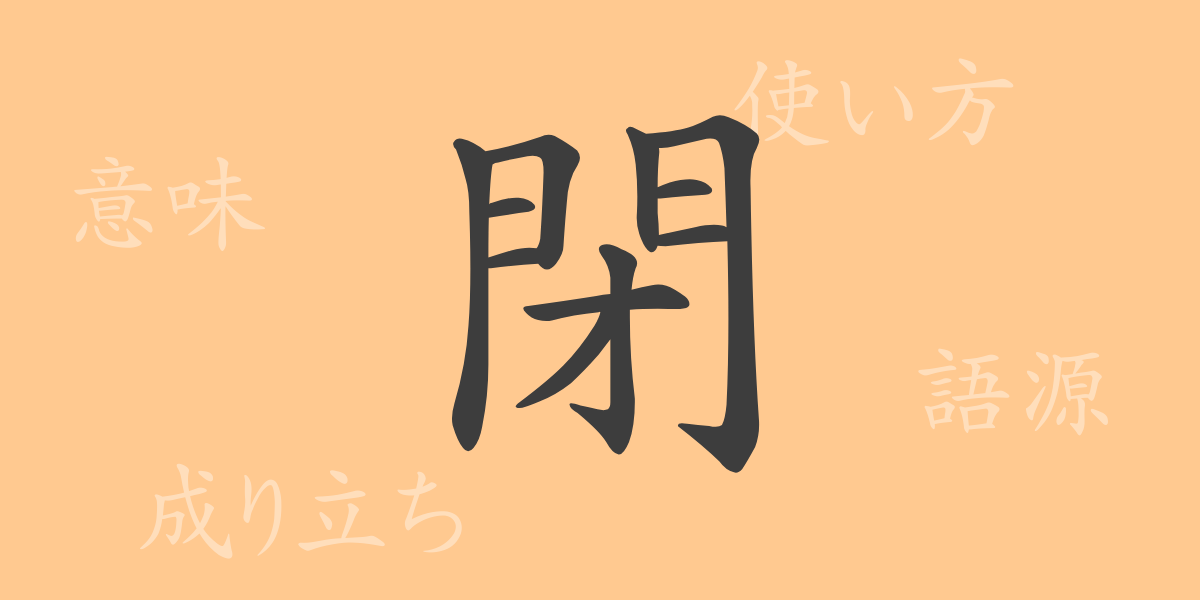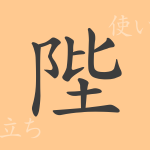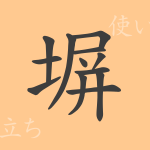Characters are not just symbols; they carry deep history and culture behind them. The 常用漢字(Jouyou Kanji) “閉(hei)” is no exception. In this article, we will focus on the kanji “閉(hei)”, exploring its etymology, modern usage, and the idioms and phrases rooted in our daily lives. Let’s unravel how this commonly seen kanji has seamlessly blended into our language and culture.
Origin and Etymology of 閉(hei)
The kanji “閉(hei)” is composed of the “門(mon)” radical, which means gate, and “才(sai)”, which means hand. In ancient China, this character symbolically represented the act of closing a gate with a hand, thus acquiring the meaning of closing or shutting. Over time, this kanji has been used across various cultures and languages, eventually becoming a 常用漢字(Jouyou Kanji) in Japan.
Meaning and Usage of 閉(hei)
The kanji “閉(hei)” carries meanings such as “to close,” “to shut,” and “to block,” and is used in contexts indicating physical closure, termination, or interruption. Metaphorically, it is also used to signify the end of communication with others or the act of closing one’s heart. It frequently appears in daily life in forms such as “閉会(heikai)” (closing ceremony), “閉店(heiten)” (store closing), and “閉じ込める(tojikomeru)” (to confine).
Reading, Stroke Count, and Radical of 閉(hei)
The kanji “閉(hei)” has various readings:
- Readings: On’yomi (音読み) is “ヘイ(hei)”, and Kun’yomi (訓読み) includes “と.じる(tojiru)”, “し.める(shimeru)”, and “と.ざす(tozasu)”.
- Stroke count: It consists of 11 strokes.
- Radical: The radical is 門部(mon-gamae).
Idioms, Phrases, and Proverbs Using 閉(hei)
There are numerous idioms, phrases, and proverbs in Japanese that include the kanji “閉(hei)”. For instance, “閉口する(heikou suru)” means to be at a loss for words due to perplexity, “閉塞感(heisokukan)” expresses a sense of stagnation or lack of progress, “閉幕(heimaku)” signifies the end of a performance or meeting, and the proverb “目を閉じても見える(me wo tojitemo mieru)” means to know something very well or to be evident.
Conclusion on 閉(hei)
The kanji “閉(hei)” clearly represents the action or state of closing through its form. This kanji, used in a wide range of contexts in the Japanese language, is deeply rooted in our lives, enabling rich expressions. From everyday actions like closing and shutting to expressing psychological states, “閉(hei)” is a character that reveals the profound depth of language.

























